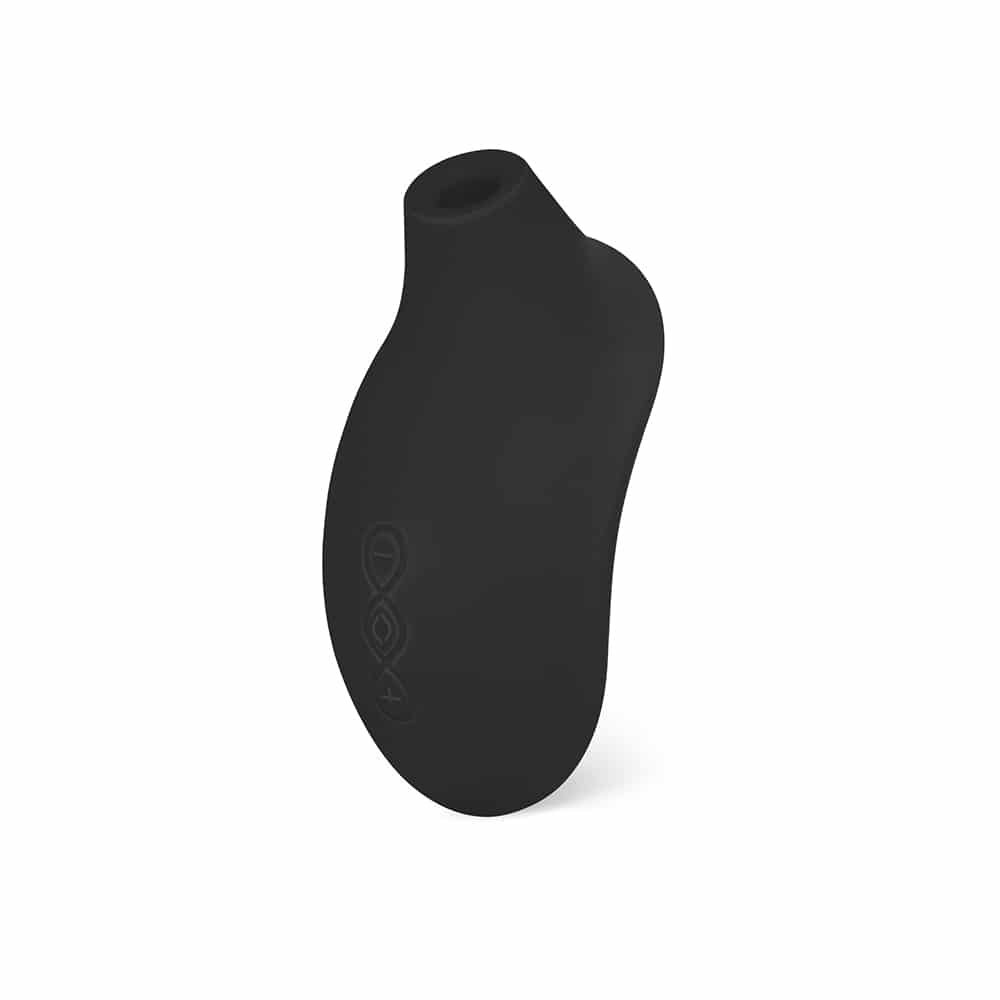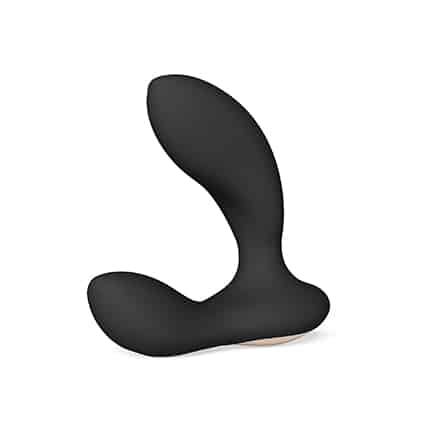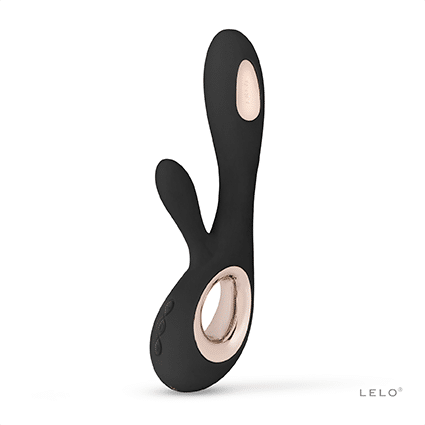The female anatomy has been widely understudied and misunderstood… until now that is.
People with vaginas, or those assigned female at birth (AFAB), have probably been well aware of the power of the cervix for as long as humans have been around. But growing research in the field of sexual health, especially female anatomy, has shed a new light on this incredible organ.
It’s fairly well known that the cervix plays a very important role in vaginal birth, but that’s not its only job. The cervix works around the clock to help keep the female reproductive system in check. Including when you’re having sex.
Understanding the role of the cervix during sex can help you get to know your or your partner’s anatomy better and even help you unlock new levels of pleasure.
Cervix 101
First things first. What is the cervix?
The cervix is a doughnut-shaped organ made of muscles and connective tissues that connects the vagina to the uterus. It’s generally anywhere from 3 in (7.5 cm) to 6 in (15 cm) inside the vaginal canal, extending from the base of the uterus to the top of the vagina.
During labor, the cervix dilates and thins (effaces) to allow a baby to come out. But the cervix is important for your whole reproductive cycle, not just birth, it’s also an important player in vaginal sex or penetration.
Arousal and the Cervix
There isn’t too much research into the role of the cervix and arousal, but we’re here to share what we do know.
When you’re aroused, your body starts pumping blood to your nether regions. This increased blood flow can cause the cervix to become swollen and engorged.
Do you like camping? Well, your cervix certainly does… sort of.
Besides engorgement, extra blood flow also causes the cervix to move upward and away from the vaginal opening, this effect is called “tenting”. It also starts to produce more cervical mucus to help lubricate the vagina for penetration – if you’re into that.
The fun doesn’t stop there! When you orgasm, it can feel like your cervix bobbing back and forth thanks to contractions in the uterus, vagina, and pelvic floor.
The Cervix and Conception
One of the biggest roles of the cervix during sex is helping in conception, or contraception in some cases. Your cervix changes throughout your menstrual cycle, and yes you can feel these differences if you know where to look.
Rising estrogen levels near ovulation causes the uterus to be pulled further up into the body, bringing the cervix up with it. That’s why the cervix feels higher up and harder to reach around the time you’re ovulating. It also may be softer and more open, to help make way for any potential semen trying to make its way through.
Cervical mucus released during ovulation and arousal helps sperm cells travel from the vagina into the uterus and fallopian tubes to help facilitate pregnancy. On the other hand, mucus during other parts of the cycle helps to stop sperm from entering the uterus, preventing pregnancy.
Estrogen levels drop after ovulation which typically makes the cervix lower and more firm until you get your period. Not all cervixes are the same and many people’s cervixes change after giving birth, so this isn’t an exact pattern.
The cervix is also important in birth control, especially for those using intrauterine devices (IUDs). An IUD is a small T-shaped device that’s inserted into the uterus, resting on top of the cervix. Hormonal IUDs release a small amount of hormones that prevent sperm from entering the uterus, while non-hormonal IUDs use copper to demobilize sperm.
Protecting the Uterus
Pleasure and conception aren’t the only jobs of the cervix during sex. It also helps protect the upper parts of the reproductive system.
You can think of the cervix as a bouncer that protects club uterus from unwelcome intruders, aka bacteria. The uterus, fallopian tubes, and ovaries are a sterile environment that could be prone to nasty infections if certain pathogens entered them.
That’s where the cervix comes in. It helps prevent bacteria and other pathogens from entering the uterus. Your monthly shedding of the endometrium (menstruation) and thick cervical mucus helps your cervix maintain and continue to protect your uterus.
Cervical Infections
Another important thing to keep on your radar when it comes to sex and the cervix is the risk of infections, particularly Human papillomavirus (HPV).
HPV is the most common sexually transmitted infection in the United States, and it can be transmitted through vaginal, oral, and anal sex. About 90% of cases of HPV go away on their own within about two years, but certain strains can increase your risk of developing cervical cancer and other types of cancers.
Here’s your reminder to practice safer sex habits by getting tested for STIs, getting pap smears to test for HPV, talking to new partners about their status, and when necessary, using barrier methods like condoms.
Cervical Pain During Sex
It’s not all fun and games when it comes to your cervix during sex. Some people can experience cervical pain or discomfort during penetration.
Deep pain during penetrative sex (collision dyspareunia) is often felt in the cervix or lower abdomen. This can feel worse in certain positions, especially ones that allow for deeper penetration.
Cervical pain during sex is typically caused by an infection, a medical condition, or prior surgery like cervical polyps. Be sure to talk to your medical provider if you’re experiencing this.
How To Experience Increased Cervical Pleasure
Not only does your cervix morph and change during sex and arousal, but it can also be used to reach new levels of pleasure.
Many people experience deep pleasure and sometimes even orgasms from cervical stimulation. You can stimulate the cervix by first finding where it is (or instructing your partner), and using a finger, penis, or sex toy to see what feels good for you.
Before touching your cervix, make sure that your hands or sex toys are clean. Using lube can help increase pleasure and let you go deeper.
If you’re having sex with a partner, be sure to communicate what you’re feeling, and stop if anything feels uncomfortable or hurts. It’s ok if cervical stimulation doesn’t feel good to you! It also may feel better on certain days or times of the month.
The cervix doesn’t get enough recognition, but it does so much for the body – especially during sex. Whether it’s managing conception, preventing infections, or rocking your socks off with pleasure, the cervix plays a huge role during sex!
Discover pleasure with:







